Museum Aargau Vindonissa Legionary Trail
Vindonissa Legionary Trail
About Museum Aargau
Hauptmenü

Directly at the intersection of the two main roads (Via principalis and Via praetoria) was the staff building (principia), the largest building within the camp. One of its central rooms was the flag shrine. In front of it was a portico that led to a large courtyard where there was an altar and a water basin, which was probably used for washing during sacrificial rites.
The standards were placed in the flag shrine. These included the unit standards, adorned with dazzling decorations, and the flags (vexilla) for smaller units and cavalry. Of particular importance was the image of the emperor (imago), the supreme commander, whose presence was symbolised by his standard. Most important to the legionaries, however, was the golden eagle, a symbol of the supreme god Jupiter. The eagle was only taken from the shrine when the entire legion set off on a march, and was carried ahead of it.
At least two feast days have been recorded, during which the standards were the focus of attention, venerated and decorated. During these days, specific sacrificial rituals were performed for the highest deities, and on one of these feast days the oath was taken to the legion and the emperor. The flag shrine therefore combines emperor worship, faith in the gods and army ritual.
Officers were even assigned to guard this sacred space, which made it the best guarded place in the legionary camp. That may also explain why the legion kept its funds here.
The flag shrine is accessible with museum admission.